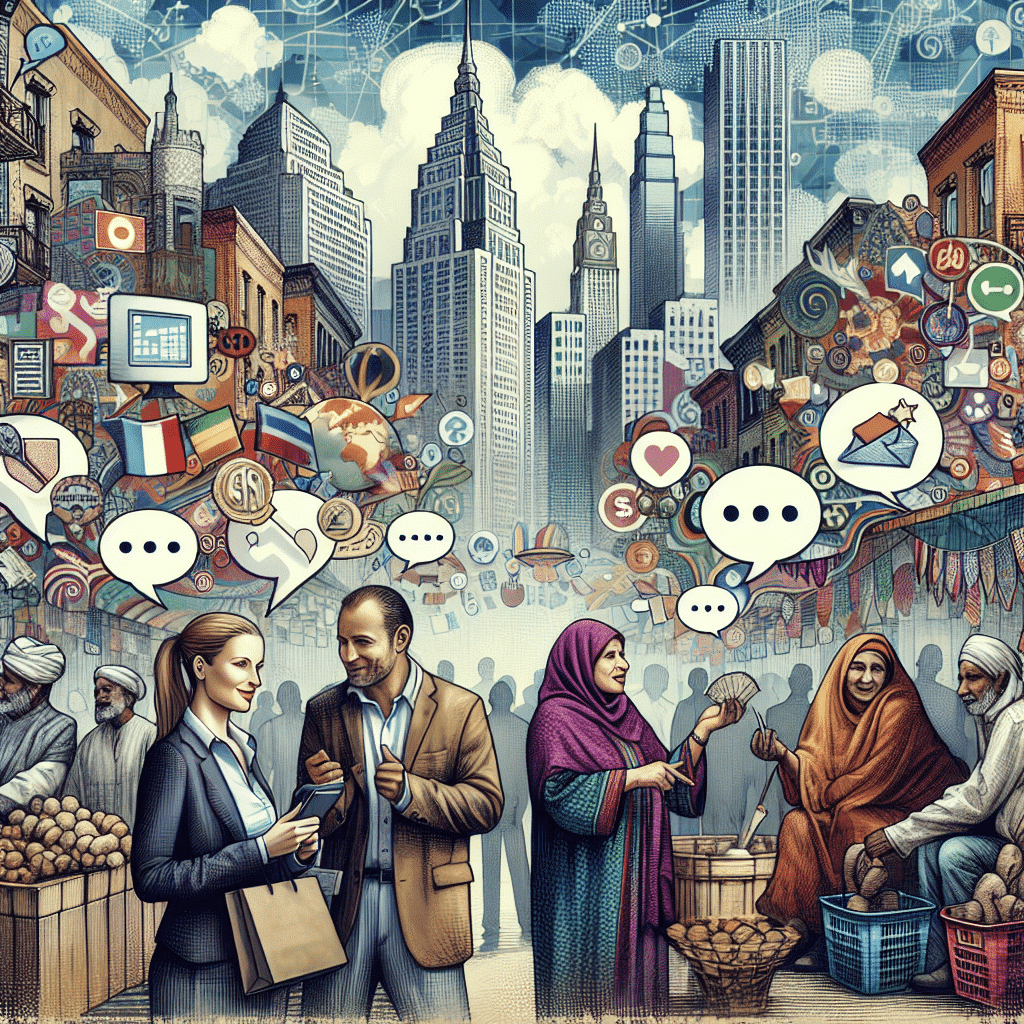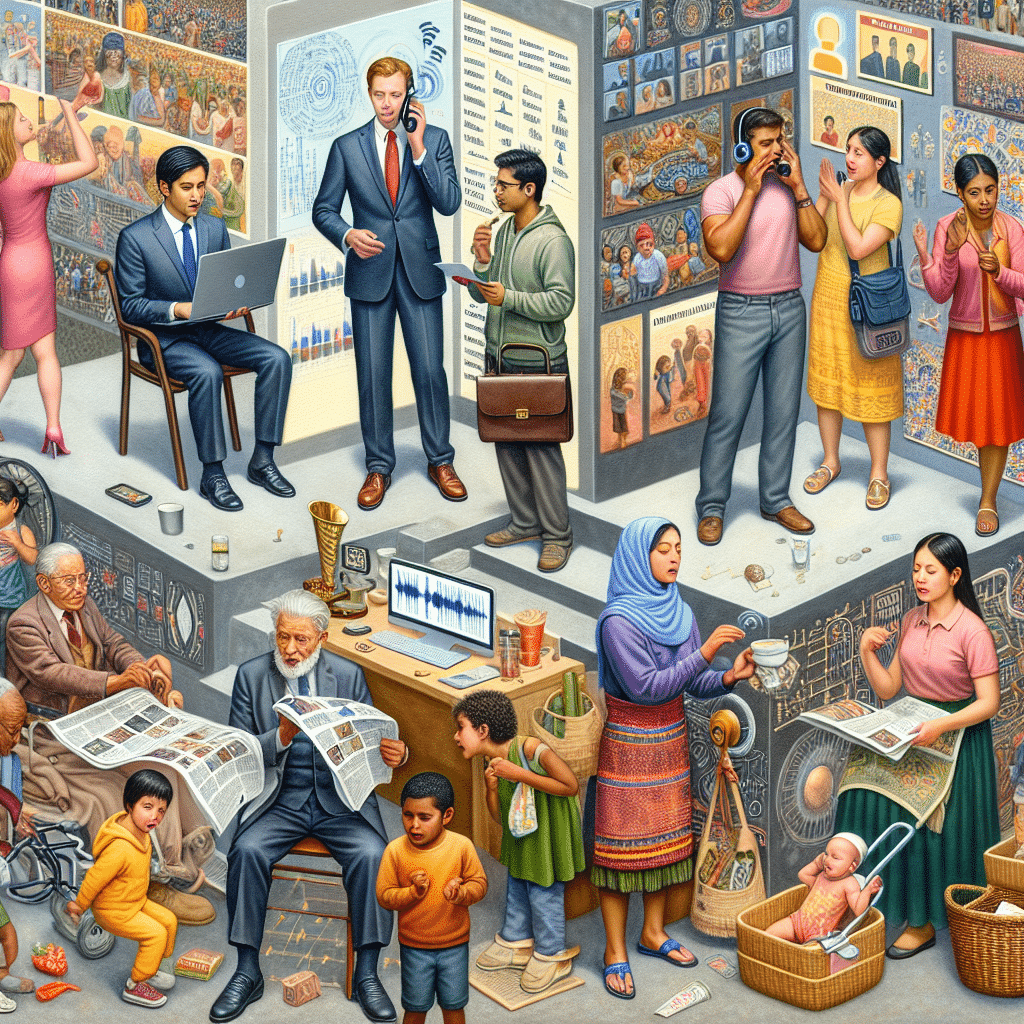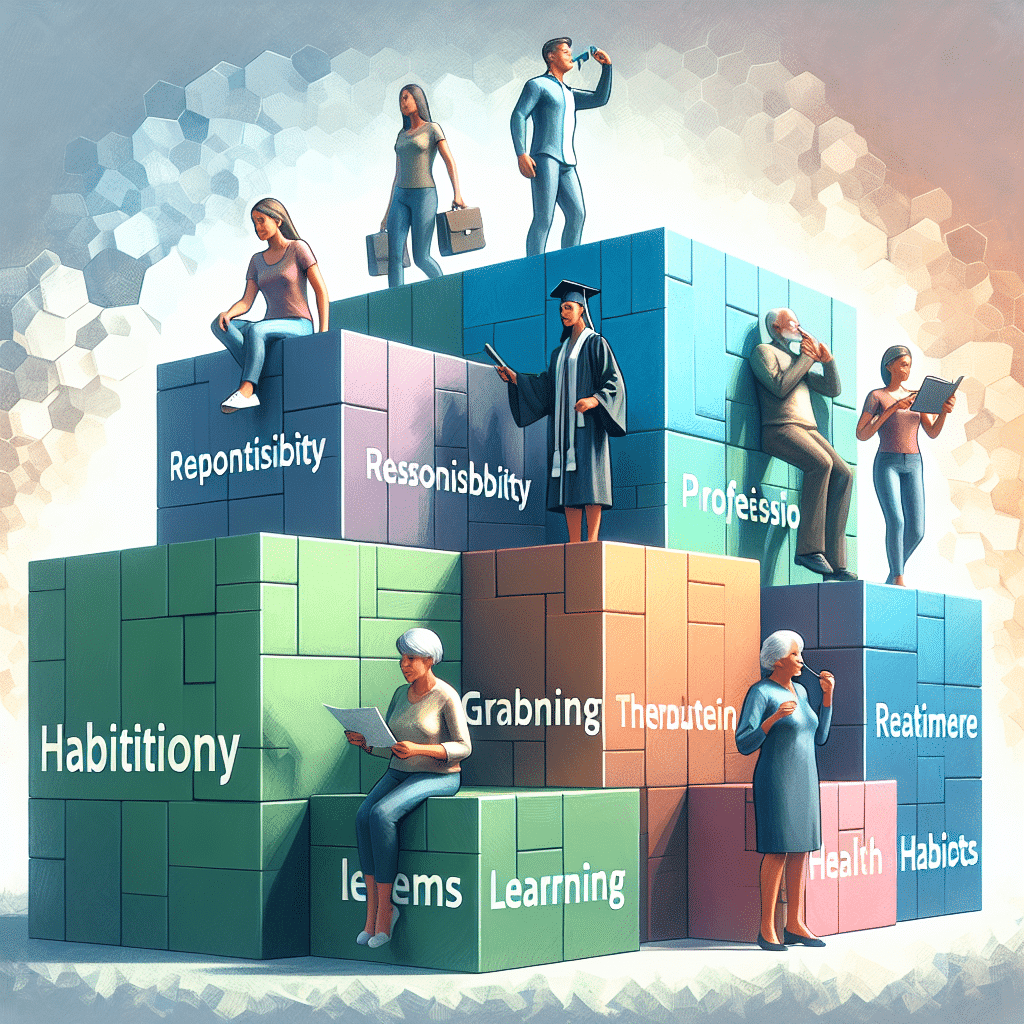
Explore the intricate connection between socioeconomic factors and communication skills in our latest blog post.
Socioeconomic status plays a significant role in shaping various aspects of our lives, including our communication skills. Section 1 will explore the impact of socioeconomic status on communication skills and shed light on how social and economic factors can influence the way we communicate.
1.1 Socioeconomic status refers to the social and economic standing of an individual or a group in society. It encompasses various factors such as income, education, occupation, and access to resources. These factors can significantly impact a person’s behaviors, attitudes, and opportunities, including their communication skills.
1.2 Communication skills are crucial for effective interpersonal interactions, professional success, and overall well-being. They encompass the ability to express ourselves clearly, listen actively, understand non-verbal cues, and adapt our communication style to different contexts. However, individuals from different socioeconomic backgrounds may face unique challenges and experiences that can shape their communication abilities.
1.3 The relationship between socioeconomic status and communication skills is complex and multifaceted. Lower socioeconomic status can be associated with limited access to quality education, fewer opportunities for social interaction, and reduced exposure to diverse communication styles. These factors can contribute to communication difficulties and impact individuals’ confidence and ability to effectively express themselves.
1.4 On the other hand, individuals from higher socioeconomic backgrounds may have more resources, access to quality education, and exposure to diverse social environments. These factors can provide them with a stronger foundation for developing advanced communication skills and navigating social interactions more effectively.
1.5 It is essential to recognize that socioeconomic status is just one factor that can influence communication skills. Individual differences, cultural background, and personal experiences also play significant roles. By understanding the impact of socioeconomic factors on communication, we can better appreciate the diverse communication styles and challenges that individuals may face and work towards developing inclusive and effective communication practices.
In section 2, we will explore the value of communication skills in various socioeconomic contexts. Effective communication is essential for personal and professional success, and it can play a crucial role in overcoming socioeconomic barriers.
2.1 Communication skills are highly valued in the workplace. They contribute to teamwork, conflict resolution, and effective leadership. Individuals with strong communication skills are more likely to excel in their careers, build professional relationships, and navigate complex social environments.
2.2 In a social context, communication skills enable individuals to build meaningful connections and establish supportive networks. Effective communication can foster trust, empathy, and understanding, leading to positive interpersonal relationships regardless of socioeconomic backgrounds.
2.3 Communication skills are not only important for individual success, but they also contribute to community development and social change. Effective communication can help individuals advocate for their rights, express their needs, and engage in collective action to address social issues and bridge socioeconomic gaps.
2.4 It is crucial to recognize that communication skills can empower individuals from all socioeconomic backgrounds. By developing effective communication skills, individuals can overcome communication barriers, assert themselves, and break through social and economic limitations.
2.5 Moreover, the value of communication skills extends beyond socioeconomic contexts. It is a fundamental aspect of human interaction that transcends differences and enhances understanding, empathy, and cooperation among people from diverse backgrounds.

In section 3, we will discuss the development of communication skills and explore strategies for improving them in various socioeconomic contexts.
3.1 Developing effective communication skills involves a combination of self-awareness, practice, and continuous learning. It starts with recognizing the importance of communication and its impact on personal and professional growth.
3.2 One way to improve communication skills is through active listening. Active listening involves fully concentrating on what the other person is saying, understanding their perspective, and responding accordingly. It helps to build trust, establish rapport, and promote effective communication.
3.3 Nonverbal communication is another crucial aspect of effective communication. It includes body language, facial expressions, and tone of voice. Being aware of and managing nonverbal cues can enhance the clarity and impact of our messages.
3.4 Effective communication also involves adapting our communication style to different socioeconomic contexts. This includes being sensitive to cultural differences, understanding the language and terminology commonly used in specific environments, and adjusting our communication approach to suit the needs and expectations of others.
3.5 Additionally, ongoing education and self-improvement are essential for enhancing communication skills. This can involve attending workshops, seeking feedback and guidance from mentors, reading books or articles on communication, and participating in role-playing or public speaking activities.
3.6 While improving communication skills, it is vital to be mindful of the power dynamics that exist within different socioeconomic contexts. Being aware of and addressing these dynamics can contribute to more equitable and inclusive communication.
In section 4, we will explore the challenges that can arise in social discourse within different socioeconomic contexts and discuss strategies for overcoming these barriers.
4.1 Socioeconomic barriers to effective communication can include differences in education levels, language proficiency, and access to resources. These barriers can result in misunderstandings, limited opportunities for collaboration, and unequal power dynamics.
4.2 One challenge is the use of jargon and technical language that may be unfamiliar to individuals from different socioeconomic backgrounds. Overcoming this challenge involves being mindful of our language choices, using plain language when appropriate, and explaining complex concepts in a clear and accessible manner.
4.3 Another challenge is the presence of biases and stereotypes that can impact communication. It is important to recognize and address these biases, both in ourselves and in our interactions with others, in order to promote inclusive and respectful dialogue.
4.4 Building empathy and understanding is essential for overcoming socioeconomic barriers in communication. This involves actively seeking different perspectives, listening to others’ experiences, and being open to challenging our own assumptions and beliefs.
4.5 Promoting inclusivity and equality in communication requires creating a safe and supportive environment where all voices are heard and respected. This can be achieved through active participation in diversity and inclusion initiatives, promoting equal opportunities, and advocating for social justice.
4.6 Lastly, leveraging technology and digital platforms can help overcome some of the socioeconomic barriers to communication. Online forums, virtual communities, and social media platforms can facilitate networking, collaboration, and information sharing across different socioeconomic contexts.
In section 5, we will discuss various strategies for overcoming socioeconomic barriers and improving communication skills in different contexts.
5.1 Education and skill development programs play a crucial role in bridging socioeconomic gaps by providing equal access to communication training and resources. These programs can focus on developing effective verbal and non-verbal communication skills, active listening, conflict resolution, and cultural sensitivity.
5.2 Building social networks and fostering connections with diverse individuals is an important aspect of overcoming socioeconomic barriers in communication. Engaging in community activities, volunteering, and participating in social events can help broaden our perspectives and enhance our understanding of different socioeconomic backgrounds.
5.3 Developing self-awareness and understanding our own biases can contribute to effective communication across socioeconomic boundaries. Reflecting on our own privileges and biases helps us approach conversations with humility, empathy, and respect.
5.4 Adopting inclusive and culturally sensitive communication practices can create a more welcoming environment for individuals from diverse socioeconomic backgrounds. This involves using inclusive language, avoiding assumptions, and prioritizing open and non-judgmental dialogue.
5.5 Lastly, practicing active listening and empathy can foster meaningful connections and promote effective communication. By genuinely listening to others, seeking to understand their perspectives, and responding with empathy and compassion, we can build rapport and create an atmosphere of trust and equality.
By implementing these strategies and approaches, we can contribute to breaking down socioeconomic barriers in communication and promote inclusive, respectful, and effective dialogue in all aspects of our lives.

Conclusion
In conclusion, socioeconomic factors can significantly impact communication skills and create barriers in effective interpersonal interactions. However, by recognizing the value of communication, investing in personal development, and implementing strategies to overcome these barriers, individuals can enhance their communication skills regardless of their socioeconomic background. Education, self-awareness, inclusive practices, and active listening are key elements that can break down these barriers and promote understanding and empathy. By fostering an environment of open dialogue and inclusivity, we can create a society where communication is accessible to all, regardless of socioeconomic status, allowing for stronger relationships, increased opportunities, and a sense of unity and interconnectedness.






